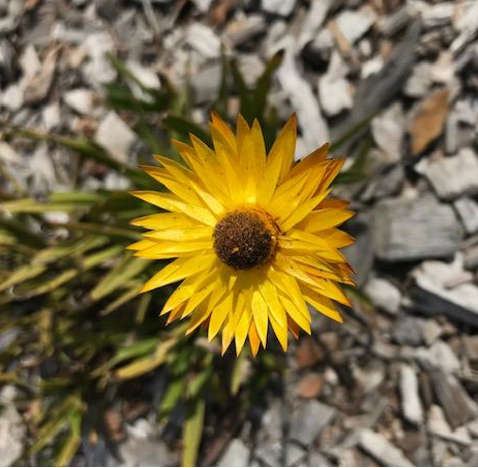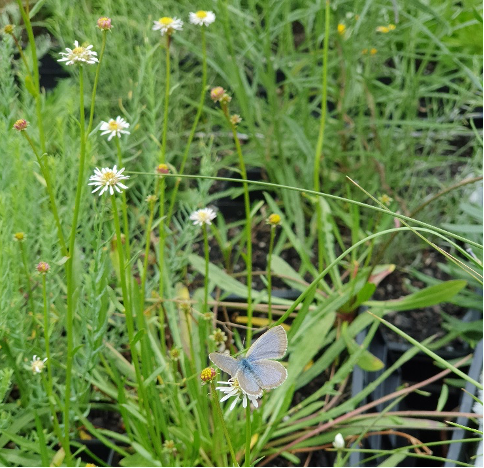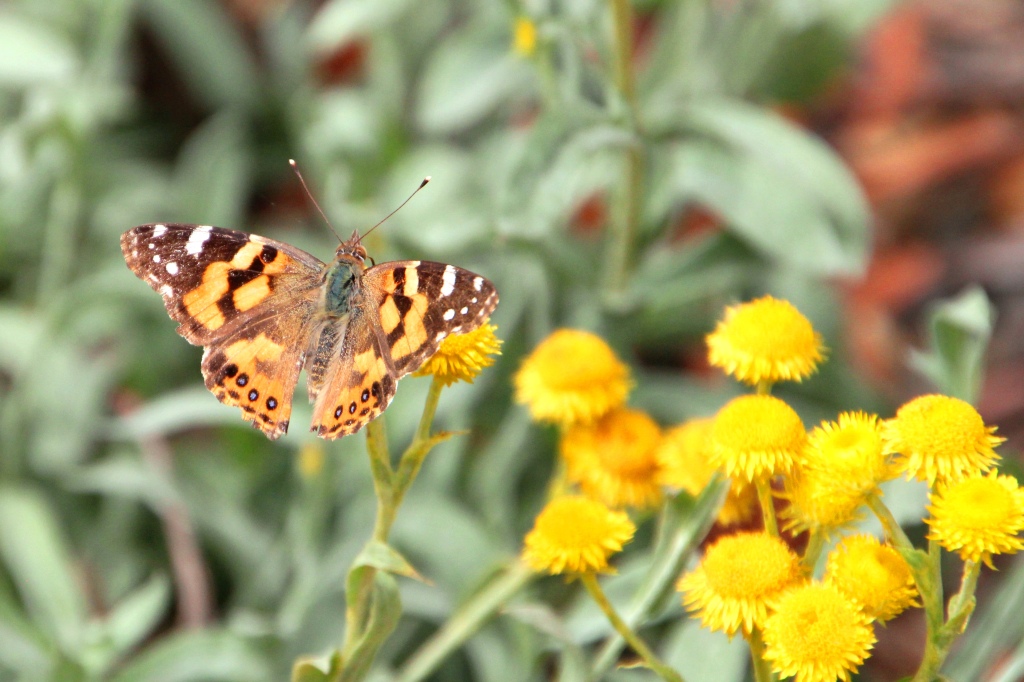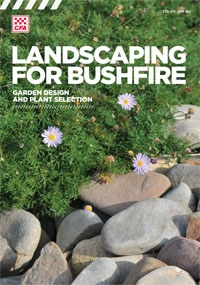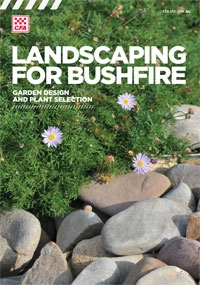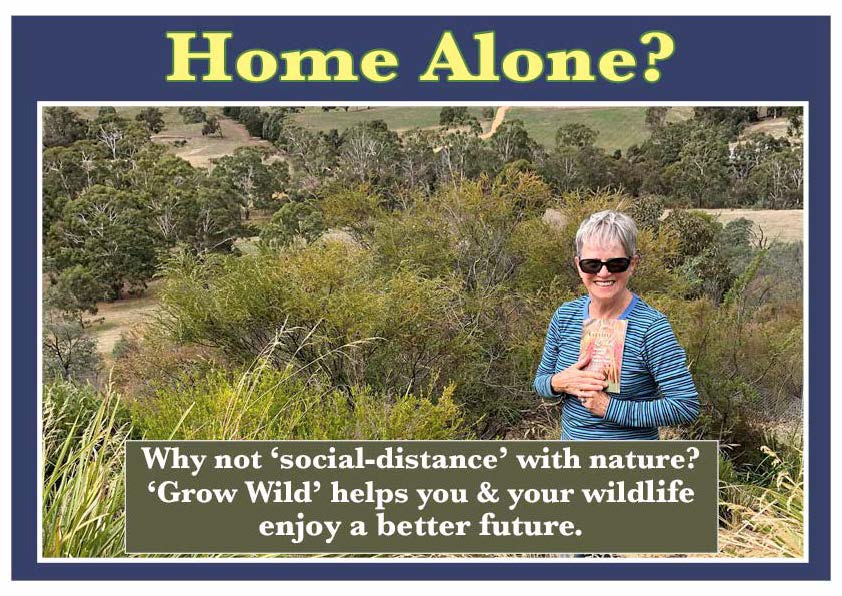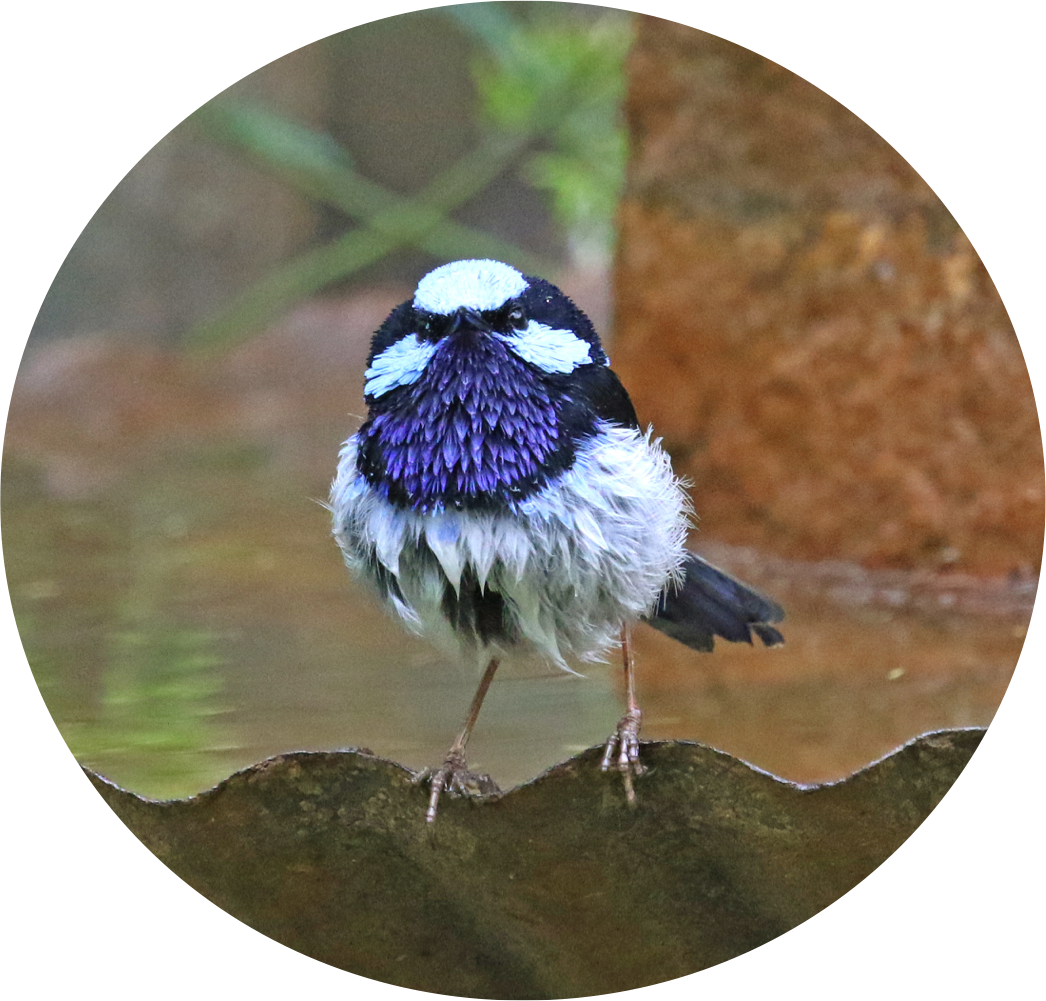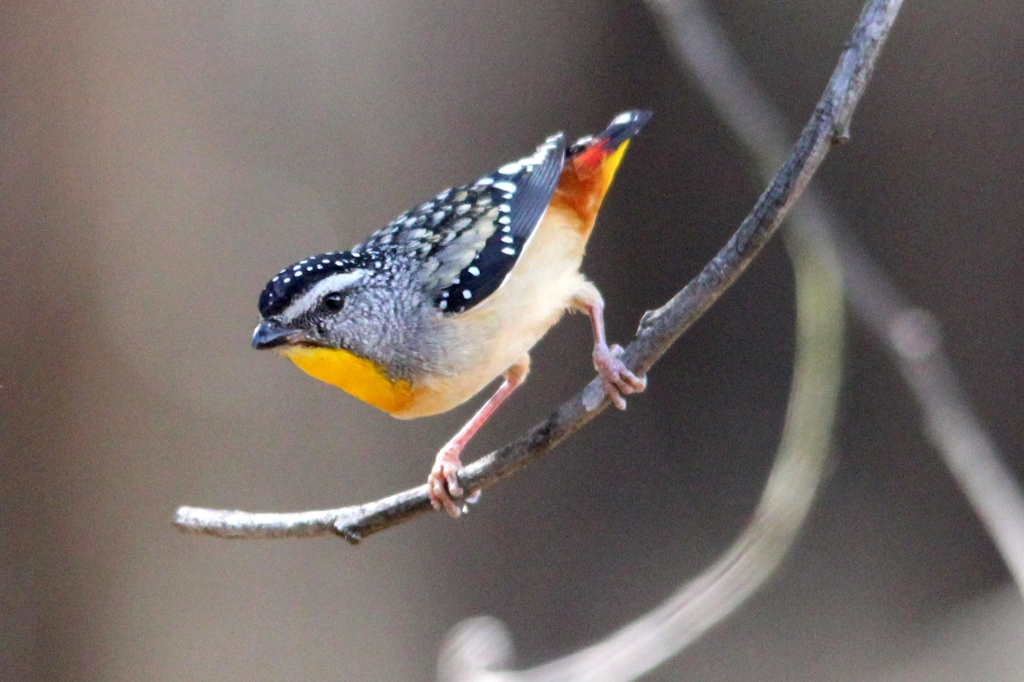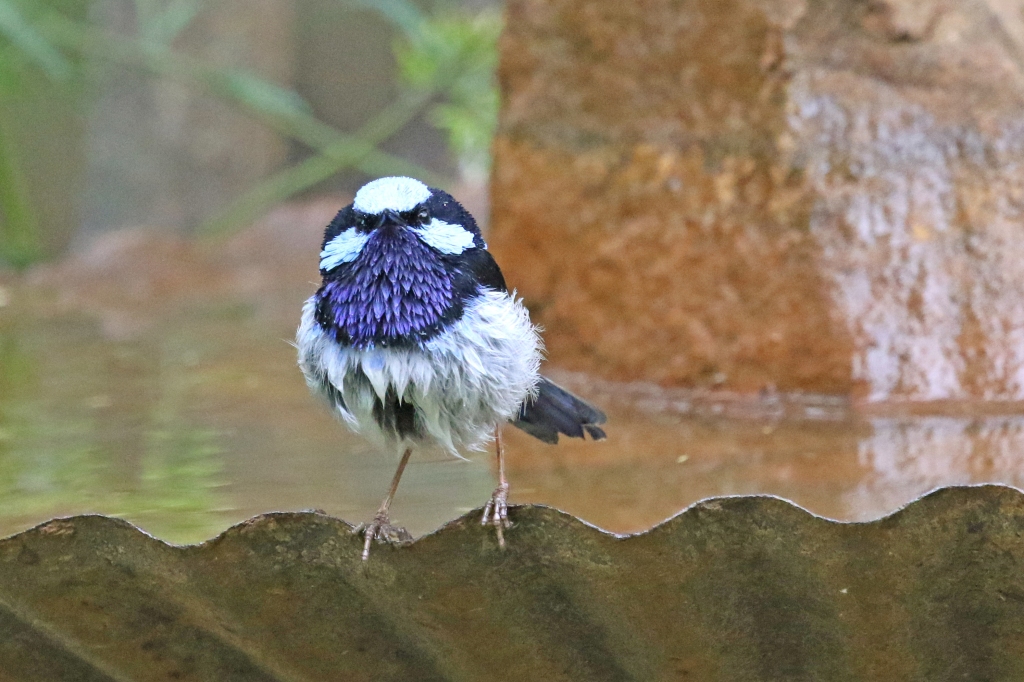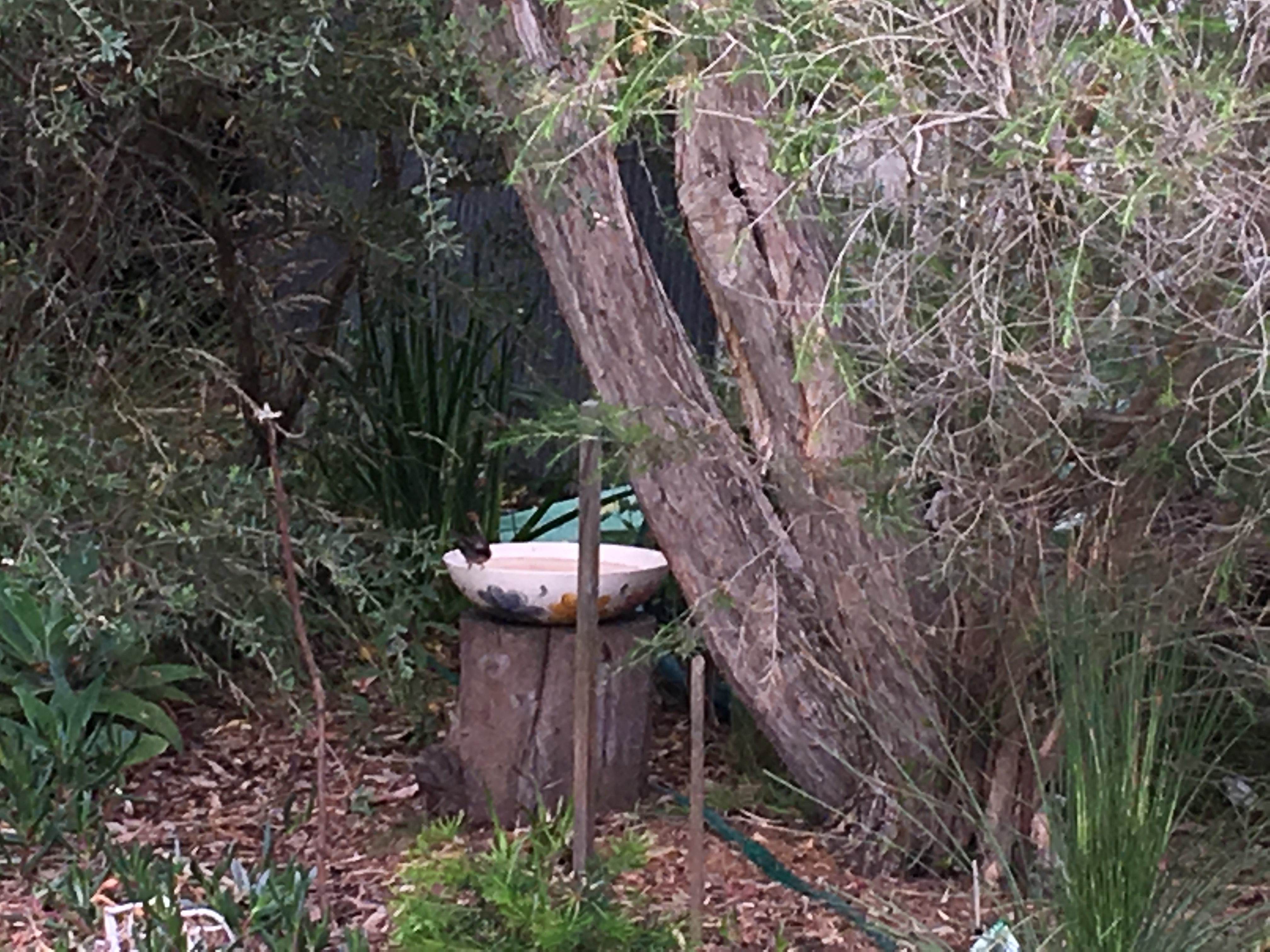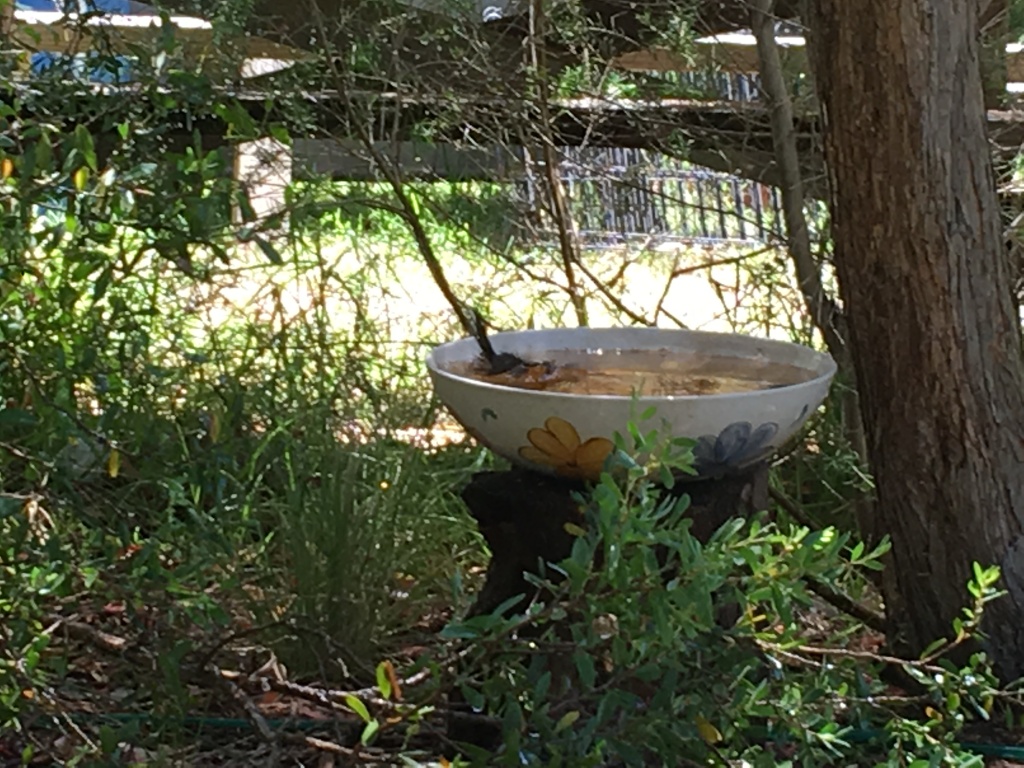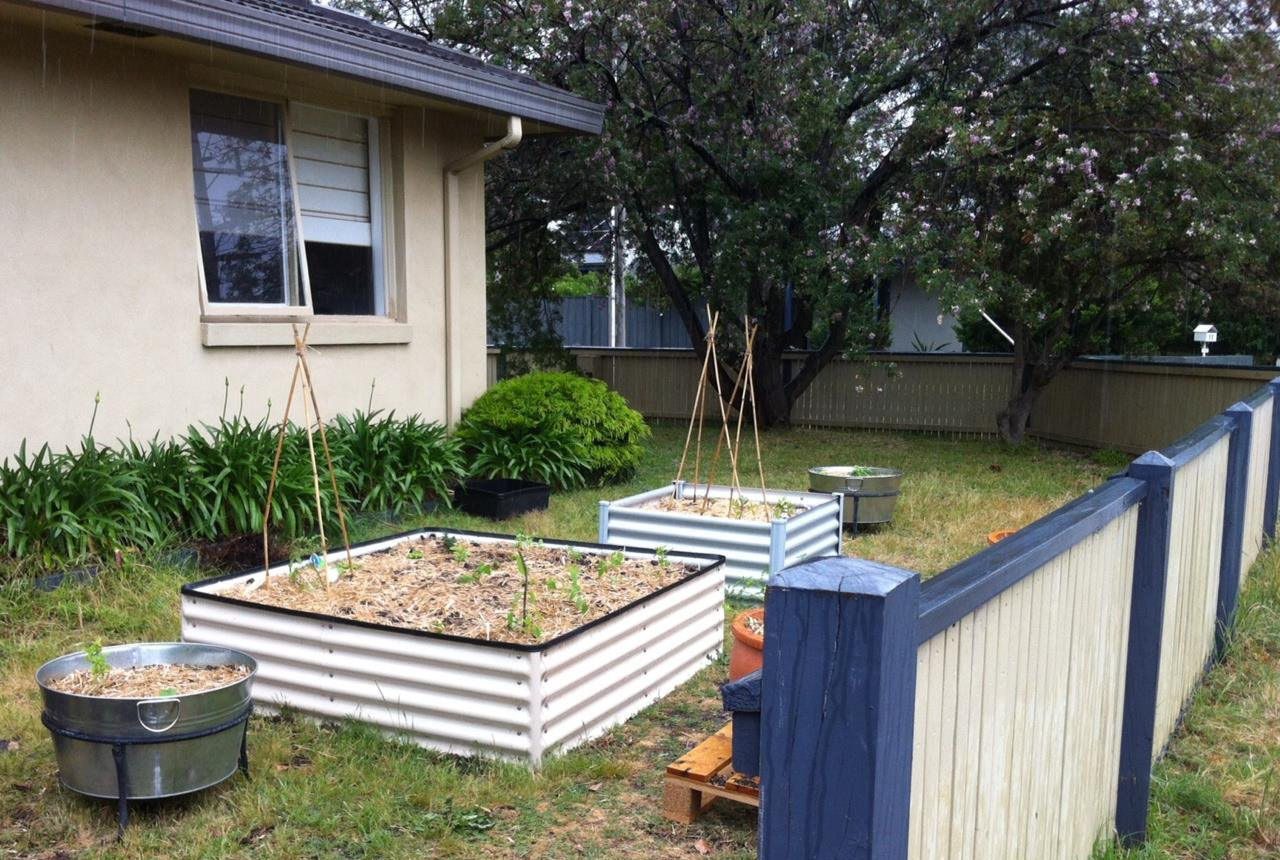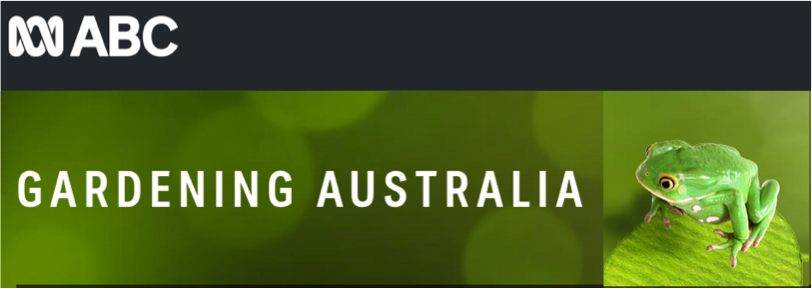
Our friends at Gardening Australia have alerted us to a ‘Gardens for Wildlife’ compilation on their youtube channel. Here you can find many of the wildlife gardening stories that have aired on the ABC over the recent years all in one place. There’s gardening tips for birds, bees, frogs, lizards, bats and more!
>>Gardening Australia: Wildlife gardening stories
Have fun perusing! The stories will not necessarily apply to your garden; depending on where they are located the indigenous species and habitat may be different. But there is plenty to learn, celebrate, and be inspired from.






